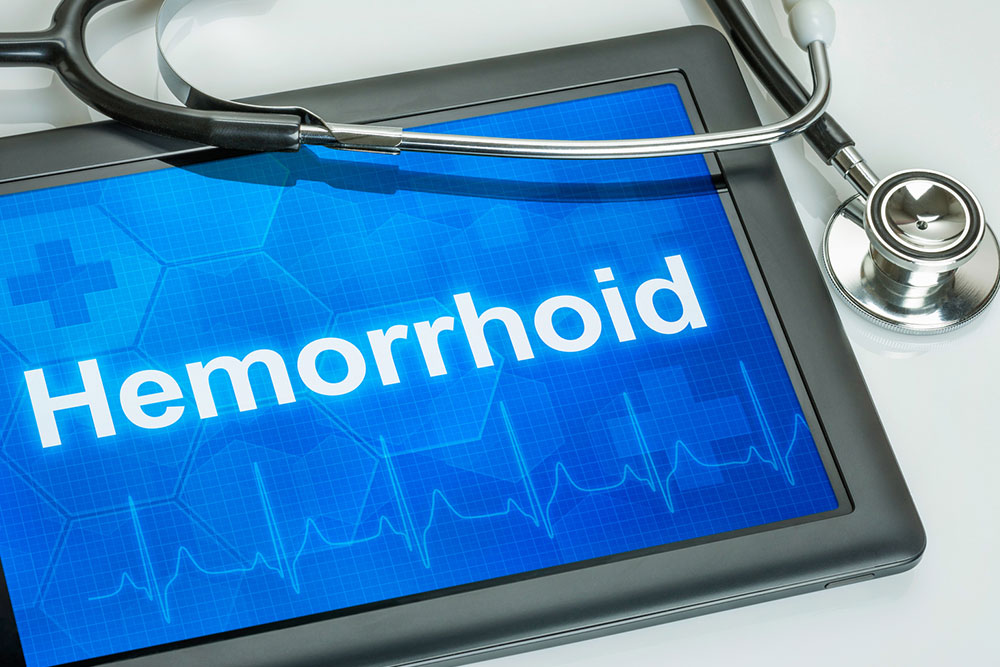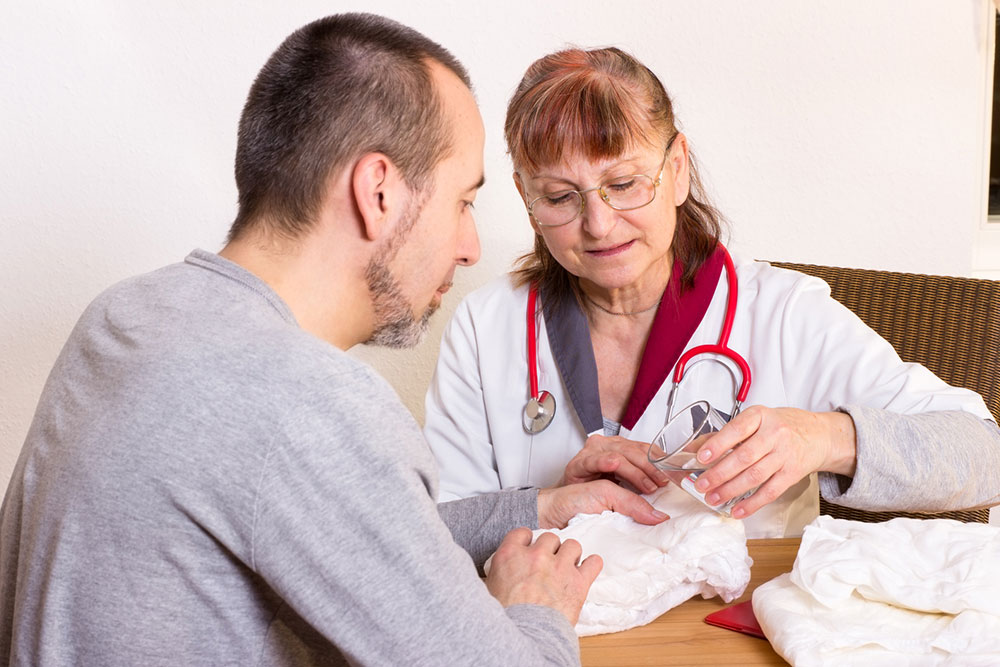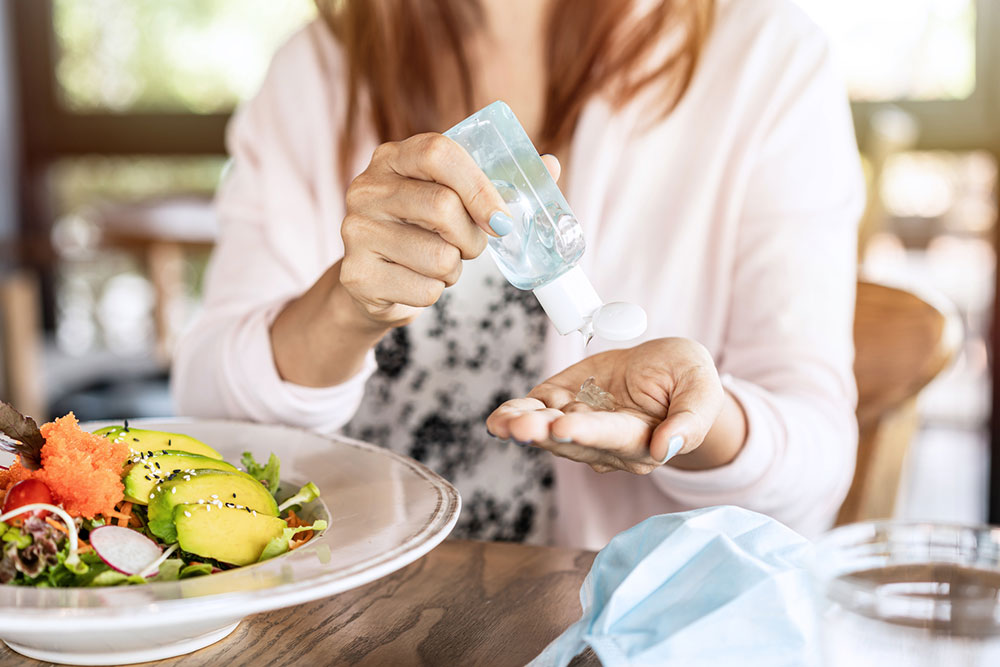Myelodysplastic syndromes – Signs and management options
Life without blood cells is impossible to imagine. From supplying oxygen to forming blood clots and helping excrete waste products, the cells perform a host of functions. And that’s why it is important to detect any cell-related health conditions early. Myelodysplastic syndromes are a group of disorders in which the body generates cells that are either deformed or do not function well. Here are some signs and treatment options for myelodysplastic syndromes: Signs and symptoms Shortness of breath Many patients with myelodysplastic syndromes grapple with anemia. Since anemia is characterized by low red blood cell count, those suffering from anemia induced by myelodysplastic syndromes usually experience shortness of breath. Fatigue Anemia also tends to cause extreme tiredness and fatigue because oxygen levels in the body are very low. So, those with myelodysplastic syndromes may be highly fatigued throughout the day, even when not physically active. Frequent nosebleeds and bruises If one has a low platelet count, bleeding and bruising become more common than usual. For this reason, myelodysplastic syndrome causes frequent bruises and nosebleeds, even if the injury is minor. Petechiae Petechiae are tiny reddish spots that appear on the skin’s surface, often on the stomach and legs. Patients with myelodysplastic syndromes often experience bleeding into the skin, which reflects as these tiny spots on the skin.
Read More 









